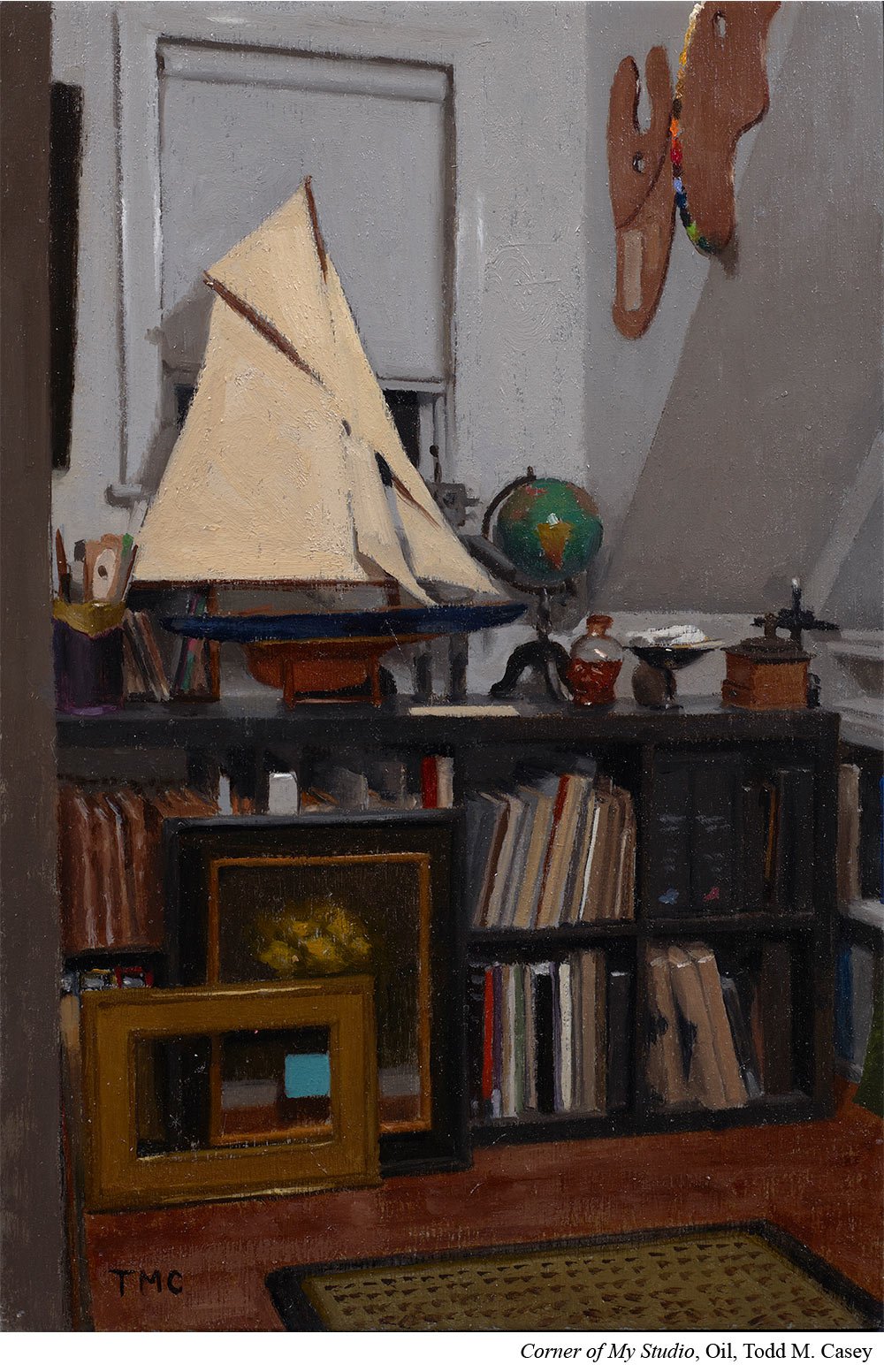Rethinking Black, White, and Browns with Todd M. Casey
When we talk about color and the color wheel, often we’re talking about primaries and secondaries.
But when you set up a palette and actually paint, you also likely have blacks, whites, and browns.
Artist Todd M. Casey (Ep.81) says rethinking those three is a pivotal step in understanding color mixing overall.
The first thing to understand is that brown, black and white are mixed from something. We sometimes don’t talk about them as colors. For example a limited palette of 3 colors often is three colors (yellow, red, and blue) PLUS WHITE.
So sometimes these guys get left out.
But they are still in fact colors. Colors that have been mixed from something. And it’s that SOMETHING that affects how we should think about them when we mix them with other colors on our palette.
Put it to Practice:
When you mix with black, white or brown, think of it not as black, white or brown but a mixture of colors.
Your black is a mixture of dark colors combined. Maybe that's a dark blue and yellow, which is why some artists use it as blue. Other artists will add white to their pure black for a very neutralized green color.
This is why often when you add black to warm colors it will dull them down. If you add black to an orange and that black has blue and yellow in it, it’s going to gray that orange down.
White can be thought of as a really really really light blue. When you add white to colors, it will cool those colors down just slightly. If you want to warm them back up, add a touch of yellow.
Browns might be the most complex of the three. This is because depending on the brown, it could be anything from a dark yellow, dark orange or dark red. And it’s useful to know which before you mix it in with your other colors. If you mix a brown that is really a red into a green, that will mix very differently than a dark brown (that’s really yellow) with that same green.
By thinking of them as colors that sit within a specific color family, you’ll have a better sense of when to use them and when not to use them in your color mixing.


